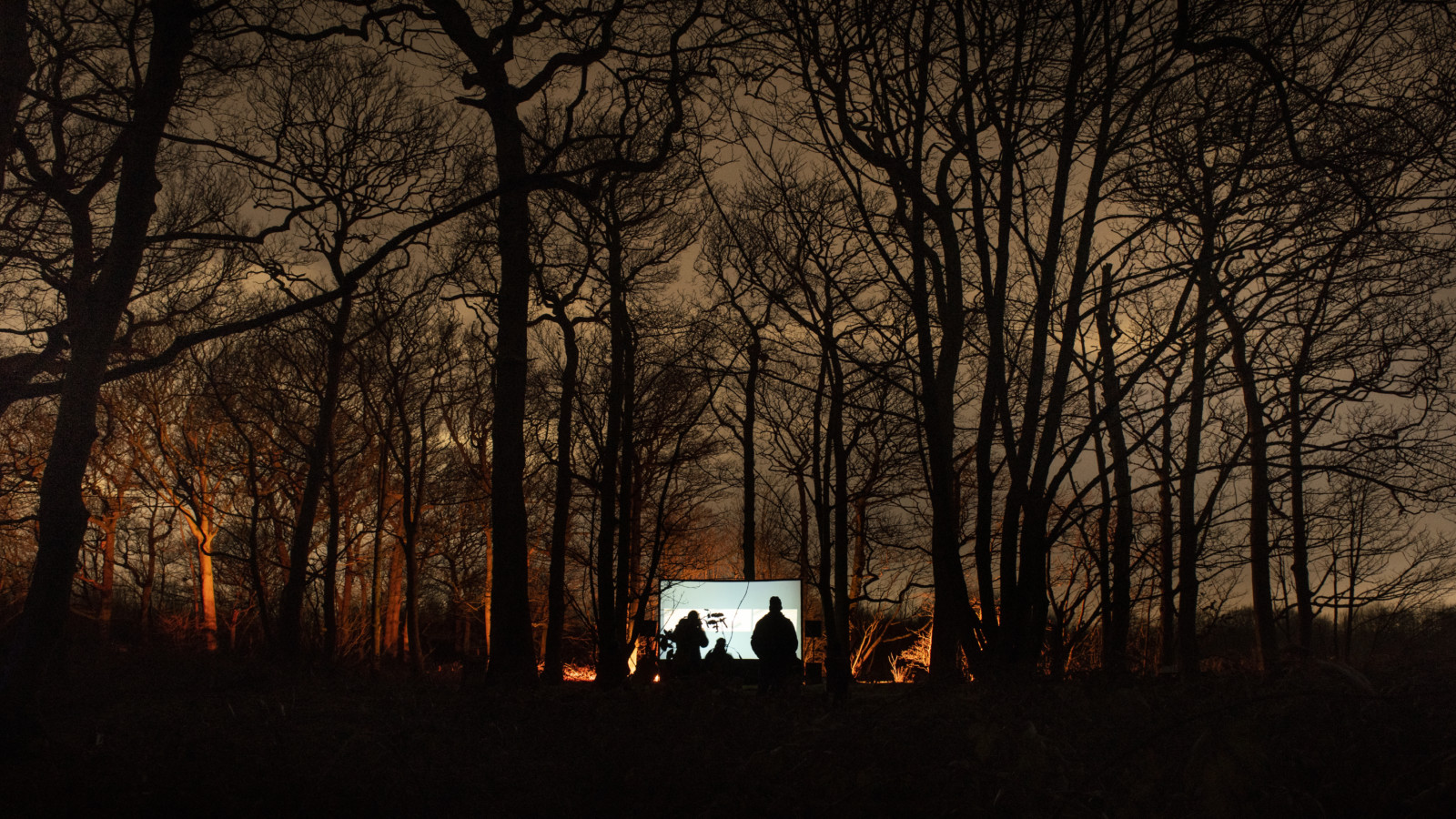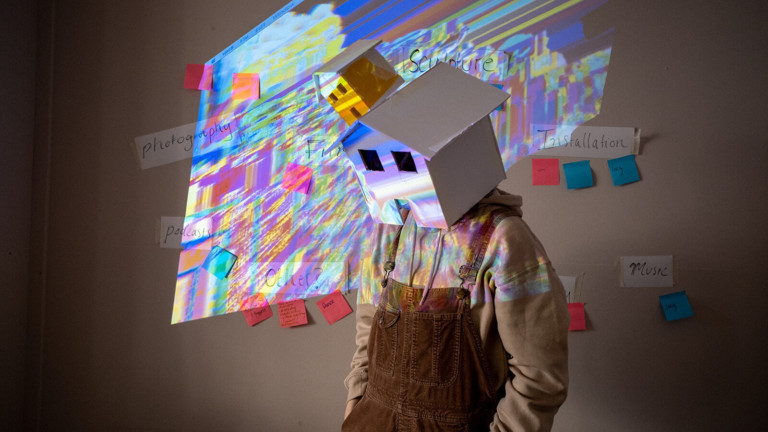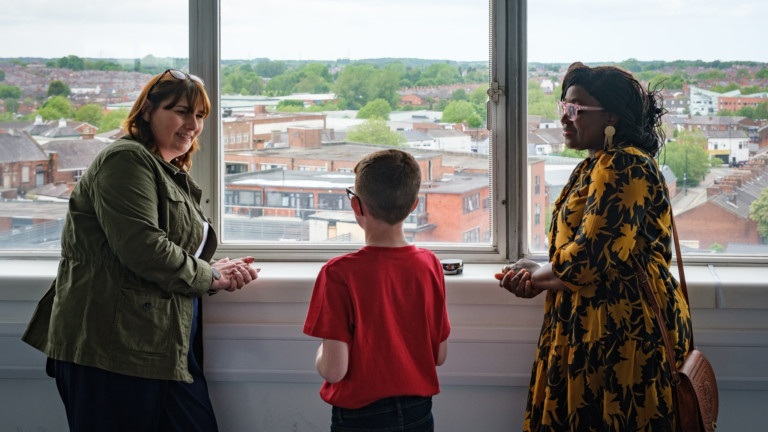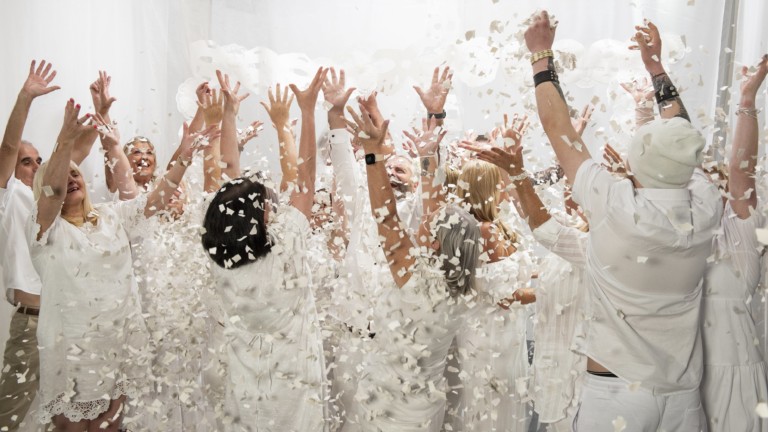Lucie Davies writes:
When I first started at Heart of Glass six years ago, I remember being told that every project could be traced back to a ‘conversation over a brew’. I thought our CEO Patrick might have been pulling my leg. But it rang true.
There was an unhurriedness I hadn’t witnessed in arts organisations I’d previously worked with. That’s not to say big ambitious programmes didn’t happen – in my first year we gained NPO status, led on St Helens' Borough of Culture programme and delivered a three-year Ambition for Excellence project.
Rather, at the centre of everything, there was a slow, careful process of developing a relationship between an artist, a community and a producer, usually over cups of tea.
A process that puts individuals’ needs and comfort above all to create spaces where people can bring their different lived experience, knowledge and perspectives to understand the world differently, together.
Ideas emerge collectively
As a communications professional with a social media calendar to fill, audience targets to hit, press interviews to plan and websites to launch, this approach took some getting used to.
It has often meant living with uncertainty about how a project might evolve, how a resulting artwork might look and be placed. Adjusting and readjusting plans, flexing, evolving and always having several back up ideas.
Projects pivot for lots of reasons. An artist might be unwell; a community hub might lose its funding. Sometimes we step away from a partnership if values don’t align. More often than not project ideas emerge collectively.
Capturing this process-based work for storytelling and advocacy has been essential to our communications strategy. Alongside the carefully selected artists we collaborate with, we’ve sought out partners in whom we have absolute faith to help us storytell and evaluate projects as they evolve. The process is as important as the final artworks.
Read the full article on Arts Professional.


 Thought
Thought Long Read
Long Read
